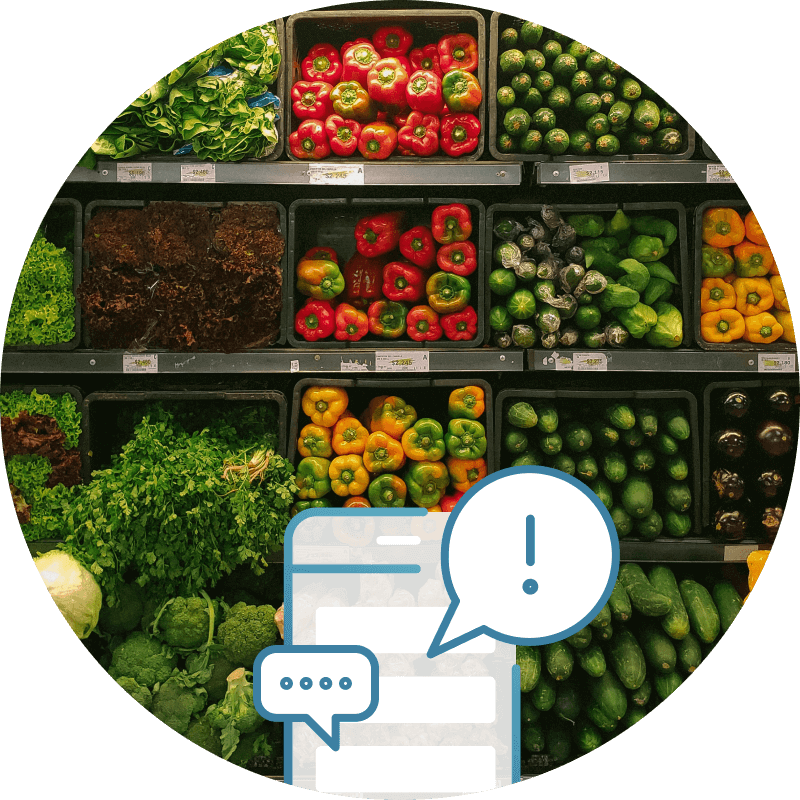
Revolutionizing Retail: Kroger's Solution for Temperature Monitoring and Operational Efficiency
How to achieve 5:1 ROI with automated temperature monitoring
Kroger’s standard practices of temperature logging were well-established. Like most grocers a decade ago, employees would manually check thermometers twice a day and document the readings. Kroger recognized the opportunity for technology to transform this labor-intensive and inefficient process.
Temperature monitoring proved an advantageous choice for Kroger’s first operational IoT solution, giving the retail giant a 5:1 ROI on operating expenses. The temperature monitoring solution reduces energy consumption and supports Kroger’s overall commitment to energy efficiency (average store electricity use has fallen more than 30 percent since 2000), as well as gives the retailer a proactive edge on refrigeration equipment maintenance, preventing costly inventory losses. This means less spoiled food going to waste, a decrease in labor costs with associates no longer manually checking temps, and a reduction of energy costs. That’s a savings of over $5 million per year.
Brett Bonner
Vice President of Research & Development at Kroger
The use of IoT sensors to leverage real-time data was still innovative among retailers at the time, and there was no precedent for a deployment of temperature monitoring at this scale—more than 220 sensors per store. Kroger was focused on creating the most innovative solutions to improve customer experiences and workforce efficiencies while increasing its bottom line.
Kroger’s R&D department worked with several technology partners, including Mission Data, OpSense’s parent company, to introduce a ZigBee-based wireless sensor network to monitor operational data, starting with temperature fluctuations in cold and frozen food cases. For nearly a decade, Mission Data has been a trusted research and development partner of Kroger, as the company digitally transformed its store operations to embrace the future of retail. Their engineers have developed several Internet of Things (IoT), mobile, and web-based solutions to support Kroger’s mission to provide frictionless experiences for customers and employees.
The Kroger team tested the solution for several months to integrate the system with a variety of refrigeration units, each with its own defrost settings. Physical installation of the cooler and freezer sensors was not complicated, and facilities engineers ensured proper placement of the sensors—a sensor placed too close to the coldest part of the unit could produce false readings. Beyond installation, implementation of the solution in pilot stores included training to show employees how to use the new system. The intuitive platform means not much training is required, plus stores know that OpSense is always available to answer questions.

Kroger has rolled out its automatic temperature monitoring program in all locations. The program monitors temperature trends and sends alerts to store management and facilities engineers when anomalies indicate a problem. The alert feature enables store associates to react to negative temperature trends well before they become food-safety issues.
Kroger now has a wealth of operational data and intelligent reporting to leverage in their decision-making. Additionally, the data collected gives Kroger a competitive advantage to take a leadership position in the mind of consumers when it comes to “freshness”.
Mission Data launched OpSense based on the temperature monitoring concept developed for Kroger. OpSense helps independent grocers reduce product loss and increase margins. The remote temperature monitoring solution provides real-time visibility into refrigeration and freezer temperatures from anywhere. Customize your alerts so when temperatures change or leaks are detected, the right people get notified. Installation is quick and easy.